As of July 2nd, Germany has opened its borders to 11 “safe countries” – but India is not on the list. So what's the situation for people who want to travel to Germany from India?
European travel ban
Europe's external borders are closed to non-essential travel except for a handful of countries. It is also important to note that many parts of India are still under lockdown and are only slowly starting to resume international flights, including to Frankfurt and Munich.
For Indian passport holders in Germany seeking to return to India, the Indian Embassy in Germany is also organising special repatriation flights.
Those interested in such flights can fill out the following form, according to the Indian Embassy in Berlin.
Alert! Are you an Indian national still stranded in Germany or in Europe without a ticket for a #VandeBharatMission flight from Frankfurt?
If yes, please fill this formhttps://t.co/xVmnFes7uh
NOT for those already having tickets on flights till June 25.— India in Germany (@eoiberlin) June 16, 2020
The EU's list of safe countries went into effect on Wednesday June 1st, and comprises 14 countries, yet as of July 2nd, Germany was permitting citizens from the following eight countries, according to its Foreign Ministry:
Australia, Georgia, Canada, Montenegro, New Zealand, Thailand, Tunisia, Uruguay.
It's also permitting travel from the following three countries, on the condition that reciprocal unrestricted travel is confirmed: South Korea, China and Japan.
Countries with high Covid-19 rates such as the India, the US and Russia are not on the list.
Border control remains a national competence and not something that is decided at EU level. Some countries could in theory decide to go it alone, which explains why the EU has opened its borders to 15 countries and Germany just 11 so far.
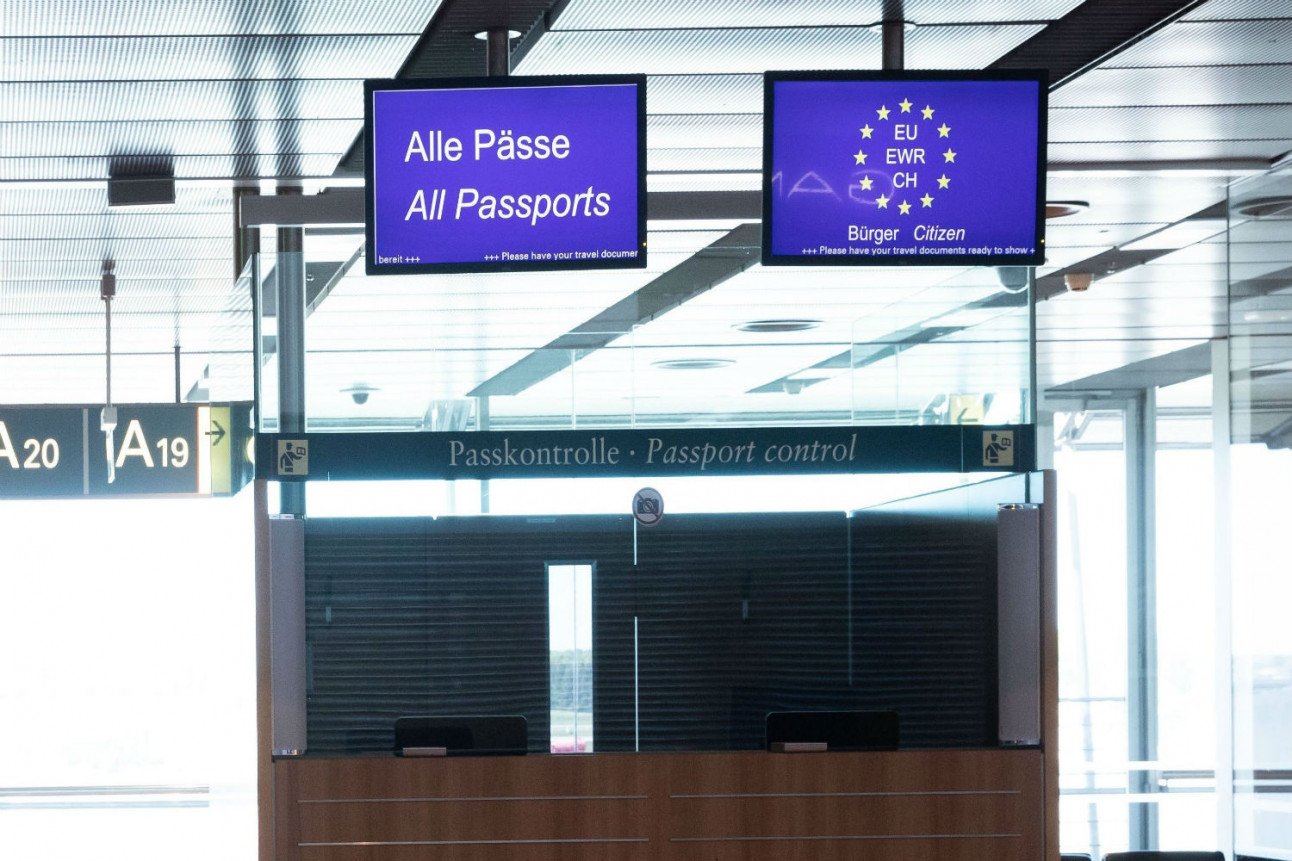
A Passport Control booth at the Frankfurt airport. Photo: DPA
Who can travel to Germany?
Under these rules, Indian citizens who are not already living in Germany and do not fit into “essential travel” exceptions (see below) may not be able to travel to Germany.
This also applies if you are a prospective student – it is still possible to apply for and receive a student permit, but you may not be able to move to Germany while the entry ban is in place.
It is possible that non-essential travel from India to European countries may be allowed later this summer, as the EU “safe countries” list will be reviewed every two weeks and adjusted depending on the latest coronavirus spread in each country.
The EU criteria to decide which third countries to open up to depends on the coronavirus situation in that country, primarily the following criteria, quoted from this page:
-
number of new Covid-19 cases over the last 14 days and per 100,000 inhabitants close to or below the EU average
-
stable or decreasing trend of new cases over this period in comparison to the previous 14 days
-
overall response to Covid-19 taking into account available information, including on aspects such as testing, surveillance, contact tracing, containment, treatment and reporting, as well as the reliability of the information and, if needed, the total average score for International Health Regulations (IHR). Information provided by EU delegations on these aspects should also be taken into account
These are some of the exceptions to the entry ban:
The EU's definition of essential travel is stricter than many countries' individual restrictions and does not contain any exemption for visits for family reasons.
People who can travel into the European bloc include
-
Citizens of an EU country
-
Non EU citizens who are permanent residents of an EU country and need to come home
-
Healthcare workers engaged in crucial work on the coronavirus crisis
-
Frontier workers and in some circumstances seasonal workers
-
Delivery drivers
Foreign students are also allowed to travel to Germany if their “studies cannot be continued entirely from outside” the country. Those visiting for “urgent family reasons” are also permitted into Germany.
Whether or not other people will be able to travel to Germany eventually will also depend on India's own travel advice and the availability of international flights.
What happens when I arrive in Germany?
All travellers in Germany are subject to rules, such as wearing a mask on public transport or in stores. These rules are drawn up at state level so check the state you are travelling to.
As long as India remains on the Robert Koch Institute’s list of risk countries, travellers will be subject to a 14-day quarantine unless they receive a doctor’s note from Germany or another EU country that’s less than 48 hours old, and states they tested negatively for coronavirus.
The situation is changing fast so if you are planning to travel we recommend that you keep up-to-date with the latest information from German and Indian authorities through the General Consulate of India in Frankfurt.
Read more about Germany's entry ban here. We may not be able to answer all questions, but you are always welcome to email our editorial team.


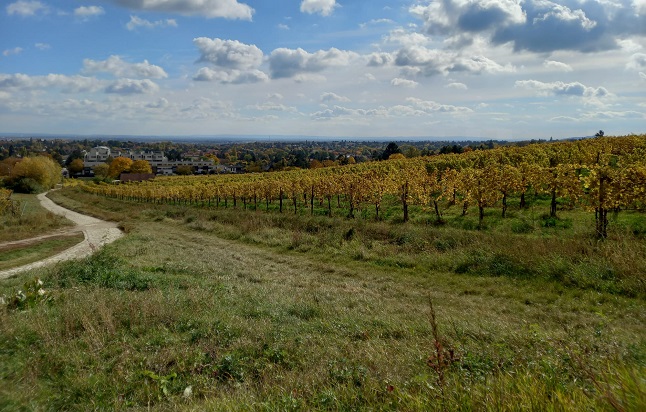
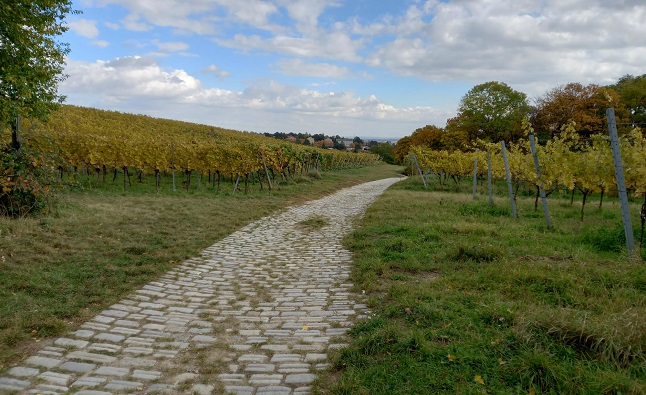
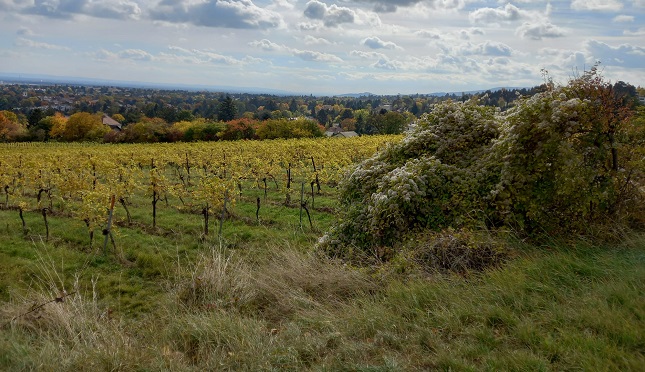

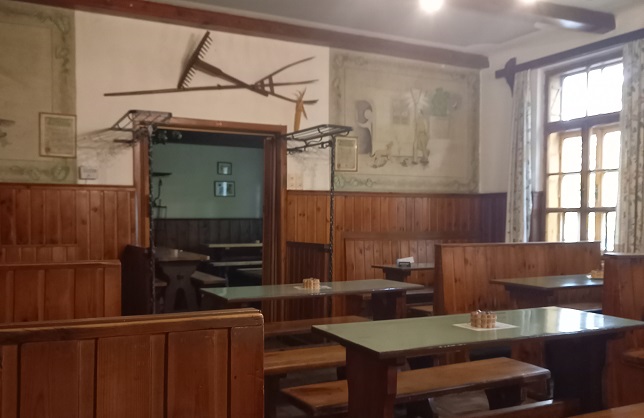
 Please whitelist us to continue reading.
Please whitelist us to continue reading.
Member comments